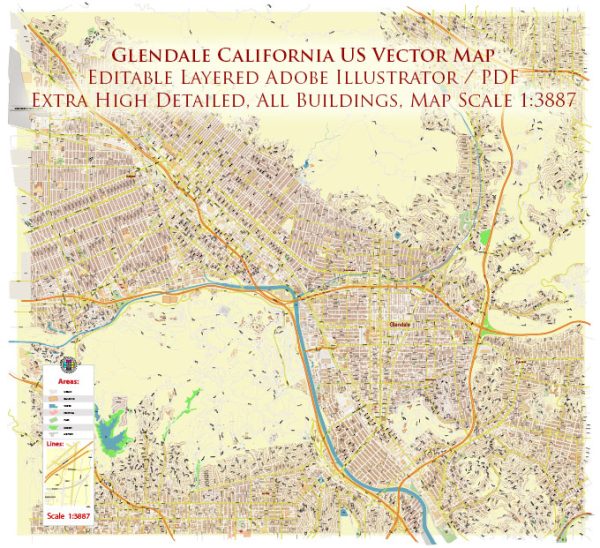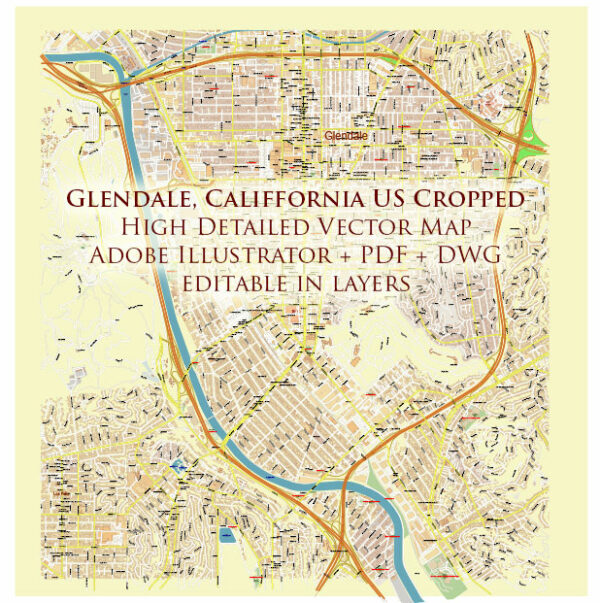Glendale, California, has a rich history of urban development that reflects the broader patterns of growth and change in Southern California. The city is located in Los Angeles County and is part of the greater Los Angeles metropolitan area. Here is a brief overview of Glendale’s history of urban development:
- Early Settlement and Ranchos:
- Before European settlement, the area that is now Glendale was inhabited by the Tongva people.
- Spanish explorers and missionaries arrived in the 18th century, and the land eventually became part of the vast Spanish land grant system. The Rancho San Rafael was one such grant that covered the Glendale area.
- American Period and the Gold Rush:
- With the cession of California to the United States in 1848 following the Mexican-American War and the discovery of gold in 1848, the region experienced an influx of settlers seeking opportunities.
- Rise of Agriculture:
- In the late 19th century, the focus shifted to agriculture, with the development of vineyards and orchards in the Glendale area.
- The arrival of the Southern Pacific Railroad in the 1870s played a crucial role in the transportation of agricultural products.
- Incorporation and Early Growth:
- Glendale was officially incorporated as a city in 1906, marking a turning point in its development.
- The city’s growth was further fueled by the arrival of the Pacific Electric Railway, connecting Glendale to downtown Los Angeles and facilitating commuter travel.
- Post-World War II Boom:
- Like many other parts of Southern California, Glendale experienced a significant population boom after World War II.
- The post-war period saw increased suburbanization, and Glendale evolved from an agricultural community to a more residential and commercial city.
- Commercial and Retail Development:
- Glendale became a retail and commercial hub for the surrounding region. The construction of the Glendale Galleria in 1976 and later the Americana at Brand in 2008 contributed to the city’s reputation as a shopping destination.
- Diversification and Cultural Developments:
- The city’s population became more diverse over time, with various ethnic communities contributing to its cultural fabric.
- Glendale’s commitment to the arts is evident in institutions like the Alex Theatre, which has played a role in the city’s cultural life since the 1920s.
- Urban Planning and Redevelopment:
- Like many urban areas, Glendale has undergone various phases of urban planning and redevelopment to address issues such as transportation, housing, and public spaces.
- Modern Challenges and Future Developments:
- Glendale continues to face challenges common to many urban areas, including traffic congestion and housing affordability.
- Ongoing and future developments are likely to focus on sustainable urban planning and addressing the needs of a diverse and growing population.
The history of Glendale’s urban development is a dynamic story that reflects the broader trends and transformations in Southern California over the years.



 Author: Kirill Shrayber, Ph.D.
Author: Kirill Shrayber, Ph.D.